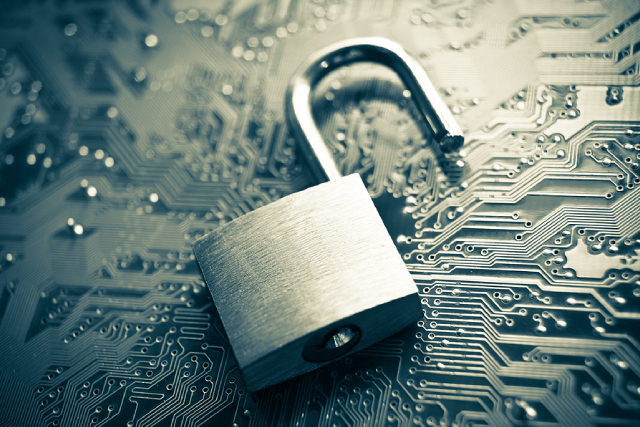- hello@group8.co
- 12 Marina View, Singapore

Data is one of the most crucial assets of any modern organisation across all industries and sectors, private and public. In this digital age, many threats put such data at risk, from malicious and negligent insiders to highly skilled cybercriminals. These bad actors look for every opportunity to gain unauthorised access to valuable corporate data for various reasons, whether to disrupt their victim’s operations or demand ransom from them.
Hence, data protection is a high priority amid today’s increasingly sophisticated cyberattacks, which entails building a robust cybersecurity posture to guarantee data integrity. One of the goals of such protection is to prevent two different states of compromise called data leaks and data loss. Despite sounding similar, there are many significant differences between the two that organisations need to know to better protect their sensitive information.
A data leak is the intentional or unintentional release of confidential data to unauthorised entities. However, in the current landscape of hybrid work, defining the concept of data leakage is not as simple as data loss. Data leaks are situations wherein sensitive information leaves the organisation’s environment and is obtained by those not authorised to access it.
Many reasons could lead to data leaks, the most common of which are:
● Human error (e.g. sending an email to the wrong recipient)
● Social engineering
● Phishing
● Unsecure networks
● Negligent or malicious insiders
● Lost storage devices housing corporate data
Organisations keen on mitigating their risk of data leakage as much as possible need to leverage a combination of procedural and technical measures to achieve their goal. This generally starts with implementing access controls and adopting advanced data loss prevention tools and processes, such as multi-factor authentication and encryption. These are just some of the fundamentals that ensure data access is limited to the employees with the appropriate access privileges.
Of course, there are countless ways for companies to further reinforce their data security, such as establishing policies and procedures around data handling by performing regular security audits and having employees sign confidentiality agreements whenever necessary. Last but not least, it is vital for employees to receive training on how to handle the organisation’s sensitive information, ideally on a periodic basis, so that they can stay updated on the latest best practices regarding data security.
On the other hand, data loss occurs when information becomes inaccessible, lost, or destroyed with no chance of recovery. Like data leaks, data loss can lead to serious consequences, ranging from reputational and financial loss and possibly legal repercussions. For example, a company that is proven to have lost its private customer data may face regulatory fines and lawsuits.
Besides ransomware attacks and other cyber incidents where hackers lock out their victims from accessing their data permanently unless they pay a ransom, other common causes of data loss include:
● Hardware failure
● Power outage
● Accidental deletion due to human error
● Intentional sabotage from insider threats
● Environmental disruption
Mitigating the risk of data loss requires adopting a multi-pronged approach that involves backing up data in the cloud or physical servers and using redundant systems for data recovery in case of a disaster. On top of that, companies must also have adequate security measures and policies in place, such as next-generation antivirus, firewalls, intrusion detection systems, and Zero Trust Approach (ZTA) policies.
As covered above, data leaks and data loss differ in many ways, from their scope, causes, and prevention measures. Mitigating data loss encompasses data recovery measures complemented with business continuity, incident response and management, and contingency planning. On the other hand, preventing data leaks is all about regulating data flow outside and inside an organisation’s environment. Data flow maps bundled with data compliance, governance, risk management, and policy enforcement work to deter the unauthorised access, usage, and exploitation of data.
If your organisation requires data loss or data leak prevention, GROUP8 is the one-stop cybersecurity solutions provider you can trust. By leveraging our industry-leading solutions covering the entire cybersecurity ecosystem, you can rest assured that you are always a step ahead in today’s ever-growing threat landscape. For more information about our cybersecurity services in Singapore, feel free to contact us at hello@group8.co today.